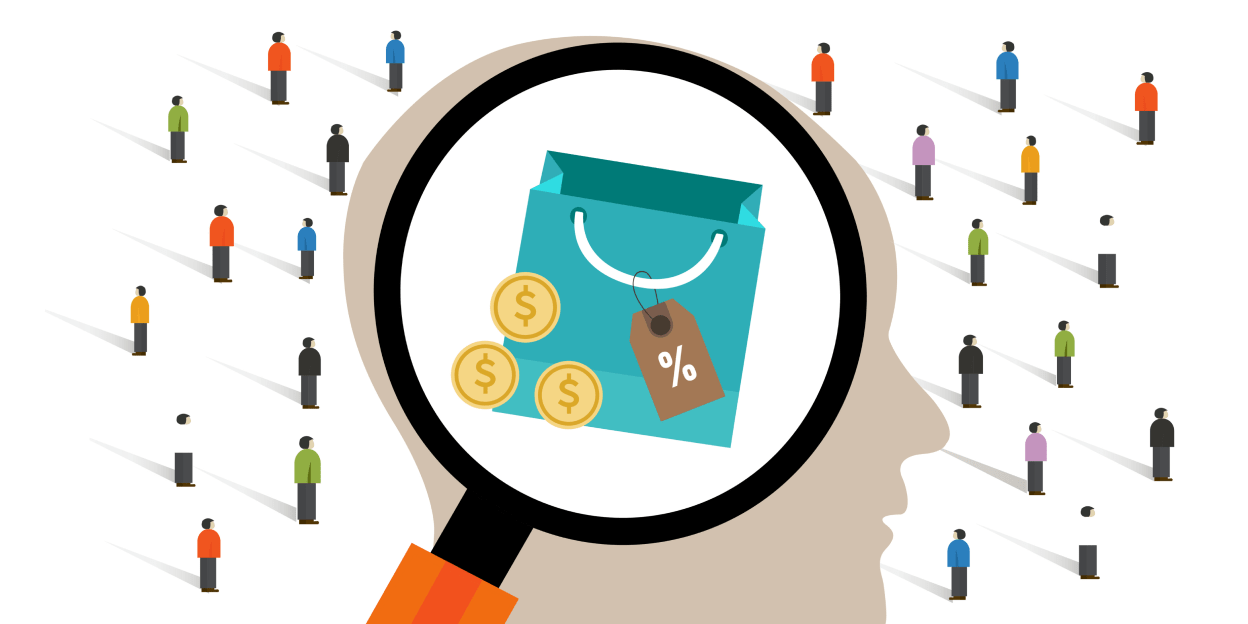What is Consumer Behavior?
Consumer behavior is the process which individuals or groups select, purchase, use, and dispose of goods and services to satisfy their needs and desires. It involves the psychological, social, and emotional factors that affect how consumers perceive products, make purchasing decisions, and how these behaviors change over time.
The study of consumer behavior encompasses multiple aspects, including:
- Decision-making: How consumers choose between products or brands.
- Attitudes: How consumers feel about a brand or product.
- Perceptions: How consumers view the value or quality of a product.
- Cultural and social influences: How external factors such as family, peers, or culture impact choices.
- Psychological factors: How emotions, motivations, and cognitive processes influence consumer decisions.
Why is Consumer Behavior Important for Businesses?
Understanding consumer behavior allows businesses to predict how customers will respond to different products, services, marketing efforts, and overall brand strategies. Here are some key reasons why studying consumer behavior is crucial for business success:
-
Improved Product Development: Knowing consumer needs, preferences, and pain points helps businesses design products that meet specific demands, leading to higher customer satisfaction and better product-market fit.
-
Enhanced Marketing Strategies: By understanding the psychological and emotional triggers that influence buying decisions, companies can create more personalized, compelling marketing campaigns that resonate with their target audience.
-
Optimized Customer Experience: Understanding https://www.office-one-plus.com/ can help businesses fine-tune their customer service processes, websites, and purchase pathways to make the buying process easier and more enjoyable.
-
Increased Customer Retention: When companies understand consumer behavior, they can anticipate customer needs and preferences, which in turn helps build stronger customer loyalty and long-term relationships.
-
Competitive Advantage: Companies that understand what drives consumer decisions can outpace competitors who fail to grasp the motivations of their target market.
Factors Influencing Consumer Behavior
Several factors shape consumer behavior. These can be categorized into psychological, social, and situational influences, which all work together to impact decision-making.
1. Psychological Factors
Psychological factors are the internal, personal influences that shape how a consumer thinks, feels, and acts in relation to purchasing decisions. Key psychological factors include:
-
Motivation: People buy products to satisfy various needs, which can range from basic needs like food and shelter to more complex needs like self-esteem or social status. Understanding what motivates your customers can help businesses appeal to those desires.
- Example: A luxury brand like Rolex may appeal to customers’ desire for status and prestige.
-
Perception: The way consumers interpret information influences their decisions. Perception is shaped individual experiences, culture, and media. Two consumers may look at the same product and interpret its quality or price differently.
- Example: The perception of organic food being healthier can drive consumers to pay a premium for organic products.
-
Learning: Consumer behavior is also influenced prior experiences with products, services, and brands. Learning can shape brand loyalty, as customers return to products or brands that they’ve had positive experiences with.
-
Attitudes and Beliefs: A consumer’s attitudes toward a product or brand—whether positive, negative, or neutral—will directly impact their buying behavior. These attitudes can be shaped personal experiences, word of mouth, or marketing efforts.
- Example: Positive reviews and strong branding can create favorable attitudes toward a new product, increasing its chances of success in the market.
2. Social Factors
Humans are social beings, and many purchasing decisions are influenced societal factors. These include:
-
Family: Family members have a strong influence on purchasing decisions, especially in household purchases. Marketing strategies that appeal to family-oriented values or involve family-oriented products can be highly effective.
- Example: A family-friendly car brand like Toyota may market its vehicles highlighting safety features and space for family road trips.
-
Reference Groups: Consumers are often influenced groups they identify with, such as friends, colleagues, or celebrities. Social influences and peer pressure can drive product choices, particularly when people want to belong to a certain group or status.
- Example: Social media influencers can sway their followers’ purchasing decisions, particularly in industries like fashion and beauty.
-
Social Class: Consumers from different social classes have different preferences, purchasing power, and consumption habits. Marketing campaigns that cater to the unique needs and desires of each class can be more effective.
- Example: Luxury brands like Chanel or Louis Vuitton target high-income consumers, while more affordable brands focus on middle-class families.
-
Culture and Subculture: The culture in which a consumer lives impacts their values, beliefs, and attitudes toward consumption. This includes factors such as language, religion, customs, and traditions. Marketers must understand cultural nuances to design products that appeal to specific cultural groups.
- Example: McDonald’s customizes its menu offerings to meet local tastes, such as offering McSpicy Paneer in India and Teriyaki Burgers in Japan.
3. Situational Factors
Consumer behavior can also be influenced situational factors such as:
-
Purchase Situation: Consumers’ buying decisions can change depending on the context of the purchase. For example, someone may buy a high-end product like a luxury handbag for a special occasion but opt for a more budget-friendly option during regular shopping trips.
-
Physical Environment: The store or website’s atmosphere can impact a consumer’s buying behavior. An inviting, organized store with pleasant lighting and music can encourage more purchases, while a cluttered and unpleasant environment may drive customers away.
-
Time and Financial Constraints: Time pressure and budget limitations can influence buying decisions. Consumers might make quicker decisions when in a rush or opt for cheaper products when faced with budget restrictions.
How to Leverage Consumer Behavior for Business Success
Understanding consumer behavior allows businesses to align their marketing and product strategies more effectively with customer needs. Here are some ways to leverage consumer behavior insights:
-
Personalized Marketing: Use data analytics and consumer behavior insights to create targeted, personalized marketing messages. Tailor content to specific consumer segments based on preferences, behaviors, and demographics.
-
Product Positioning: Position products based on the emotional triggers and motivations of your target market. This could involve highlighting certain product features or using psychological appeals like scarcity or exclusivity to influence purchasing decisions.
-
Customer Experience: Focus on creating a seamless and enjoyable customer journey. Understand the pain points of your target audience and design solutions that address these issues.
-
Brand Loyalty Programs: Develop loyalty programs that reward consumers for repeat purchases. Understanding what drives consumer loyalty (e.g., discounts, exclusive access) can help strengthen customer retention efforts.
-
Customer Feedback and Research: Continuously collect and analyze feedback to understand how consumer preferences evolve. This will help you adjust your strategies to meet changing demands and stay ahead of the competition.
Conclusion
Consumer behavior is a critical factor in developing effective marketing strategies and delivering products and services that truly resonate with customers. By studying the psychological, social, and situational influences on consumer decisions, businesses can make more informed decisions, tailor their marketing messages, and create a better overall customer experience. Understanding what drives your target audience’s choices will not only help you increase sales but also build long-lasting relationships with your customers.




:max_tes(150000):strip_icc()/5FactorsThatInfluenceExchangeRates-f305d6b13db54aa291ca07f1602d141a.jpg)